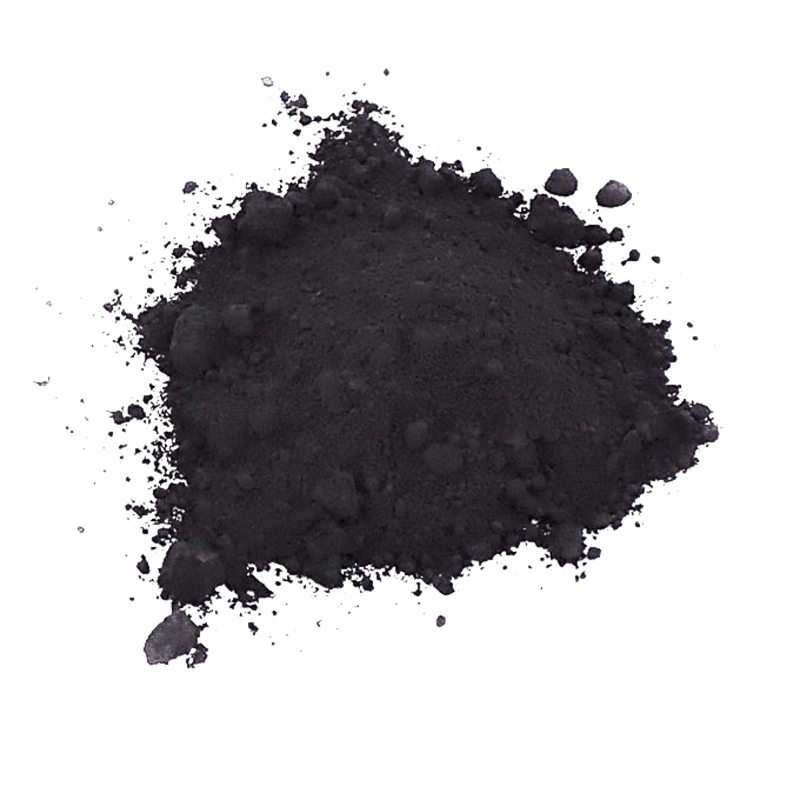
Carbon Black
Carbon black is a material produced by the incomplete combustion of heavy petroleum products such as fluid catalytic cracking tar, coal tar, ethylene cracking tar, or vegetable matter. Carbon black is a form of paracrystalline carbon that has a high surface-area-to-volume ratio, albeit lower than that of activated carbon.
Usage of Carbon Black:
Automobile tires, radar absorbent materials, resins and films, electronics, automobile fuel caps and pipes, food coloring and packaging and other.
The most common use (70%) of carbon black is as a pigment and reinforcing phase in automobile tires. Carbon black also helps conduct heat away from the tread and belt area of the tire, reducing thermal damage and increasing tire life. About 20% of world production goes into belts, hoses, and other non-tire rubber goods. The balance is mainly used as a pigment in inks, coatings and plastics.
Chemical formula:
C
Other names:
Acetylene black; Channel black; Furnace black; Lamp black; Thermal black; C.I. Pigment Black 6
Appearance:
Black solid
Density:
1.8–2.1 g/cm3 (20 °C)
